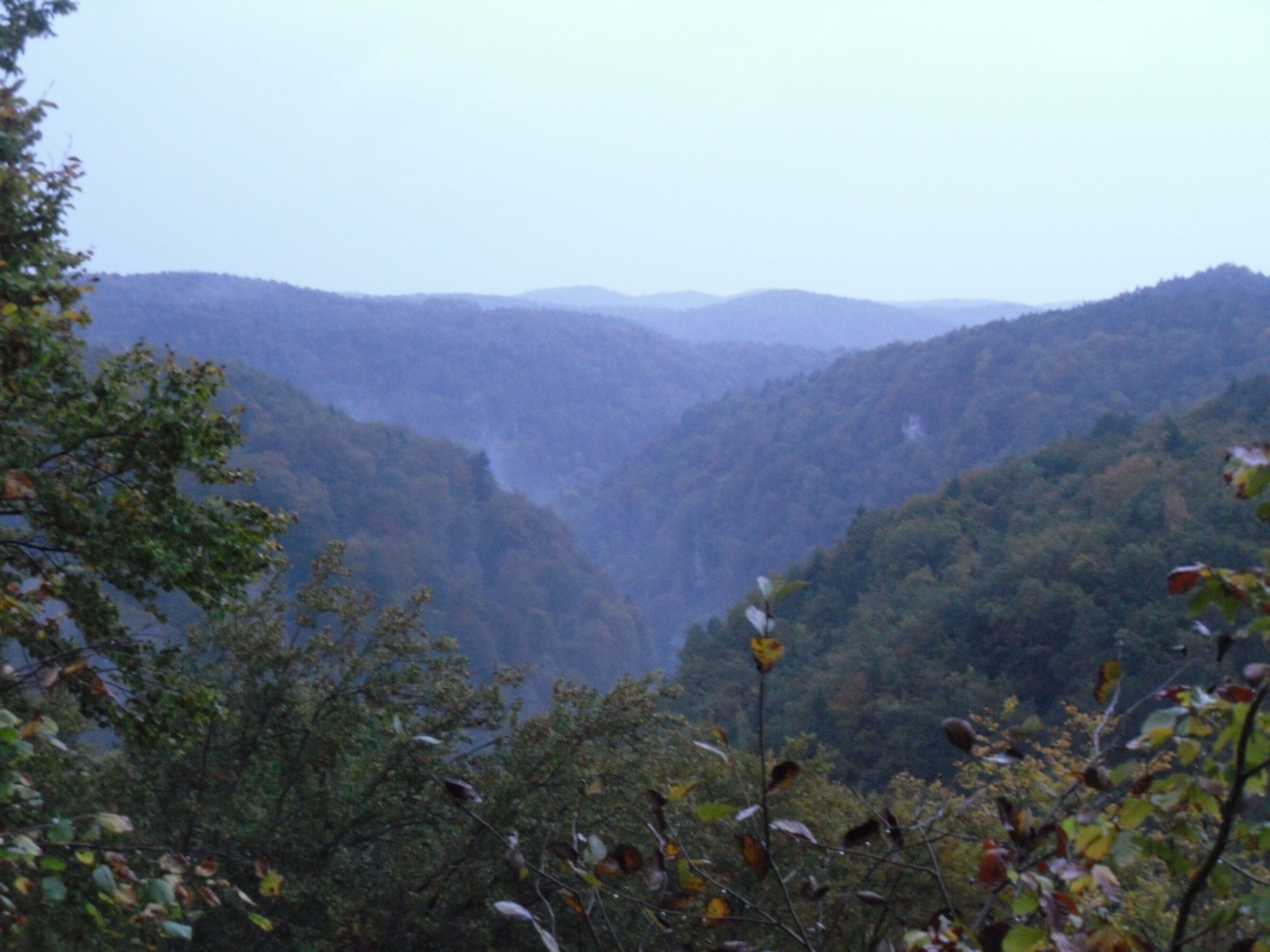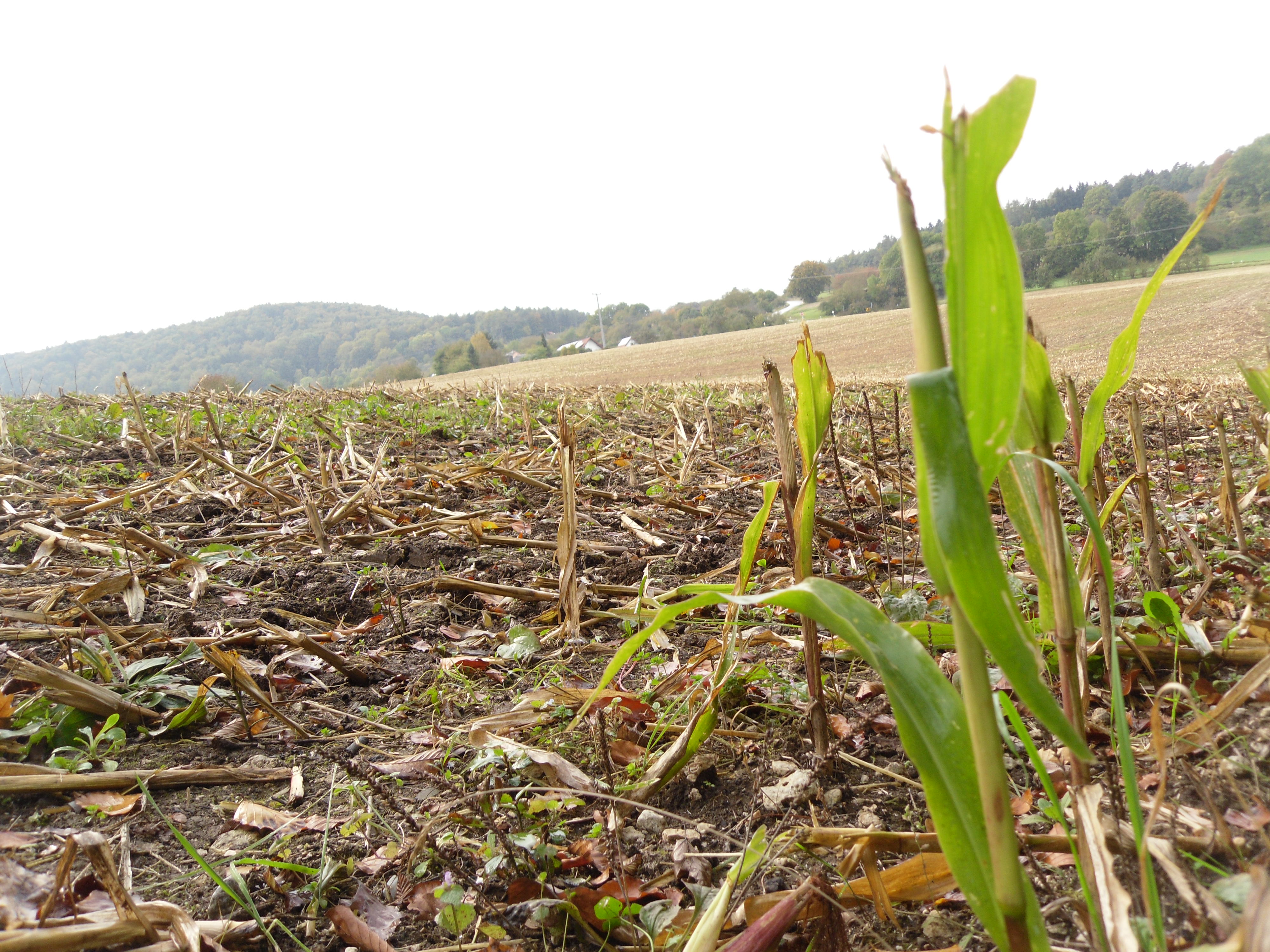
My old stomping ground of Franconia, where I spent many moons, coming and going during my '90s travels and studying for a year in 1996/7.
Like all of Europe it has a complex history, a multitude of language groups and ethnicities that belie the idea of a unified state, let alone cultural homogeneity or a pure race.
Like much of this part of the world it was previously inhabited by Celts, then Germanic tribes came along and, at various times, the Roman empire included the area within its boundaries. The name Franconia (in German Franken) goes back to the Holy Roman Empire under Charlemagne – a huge area from modern-day France to the Czech Republic was called Francia, Latin for 'land of the Franks', a Germanic tribal group who had become an important part of the declining Roman Empire. After Charlemagne's death, his son Louis kept the kingdom united, but when Louis died the Treaty of Verdun split the he split the empire amongst his three sons, the westernmost portion, West Francia, becoming what is modern-day France, the central portion more or less disappearing within a few generation and the eastern portion Franconia, now a part of the state of Bavaria (Bayern) since being annexed in the early 1800s, still a bit of a sore point in Franconia, which sees itself as being culturally distinct from Bavaria.
The area I know best, around Erlangen and to the north, the fränkische Schweiz (or Franconian Switzerland), named in the 1800s by German Romantics who compared it's steep hills to those of Switzerland, is a quiet area, best known for the quality and quantity of its beer (it has the highest proportion of breweries to population in the world; and Aufseß, where Eva is from and where we stayed two nights, has the highest. The Aufseß Gemeinde (an administrative district roughly comparable to an Australian Shire), with 1200 people is served by four breweries!) Well, not only its beer – Erlangen is a major centre for the German technical firm Siemens, has a well-regarded university, next-door Nürnberg, not only famous for the evil spectacles of the Nürnberg rallies and the famous Nürnberg trials has the best Christmas markets in Germany. And in between Nürnberg and Erlangen is Fürth, birthplace of another mass murderer, Henry Kissinger.
Mmmm, I don't think I've quite succeeded in representing the area well! It is neither a hotbed of fanaticism, nor a bucolic beer-brewing paradise, just a typical quiet area of Germany with its own distinct culture and traditions – and one that I happen to know quite well, through the coincidences of travel and life.
After the rush of un-German Berlin, Franconia feels like a definite return, for better or worse, into a distinctively - or indistinctively! - German cultural context.
The first part of the trip was on another lovely, fast ICE train to Bamberg, with a change to a local train to Erlangen, the town where I came and went, and studied in, a lot in the 1990s. We wandered around in the late afternoon and evening, seeing my old house, old haunts and changes and had dinner at the Pleitegeier, a place I frequented a lot. It hasn't so much changed as not changed, with the clientele seeming like they might have not stopped frequenting it since the 1990s, a suspicion confirmed chatting to one of the student-aged staff who said it's definitely not a student pub anymore. A slightly disorienting feeling of change and non-change, a reminder of the passage of time! Then we had an after-dinner drink at Kanapee, reassuringly grungy(ish) and if anything more 'studenty' than when I used to be there. The next morning we headed to the station, grabbing some brekkie on the way and incidentally having the best coffee I've had in Europe, which was quite a surprise in little Erlangen.
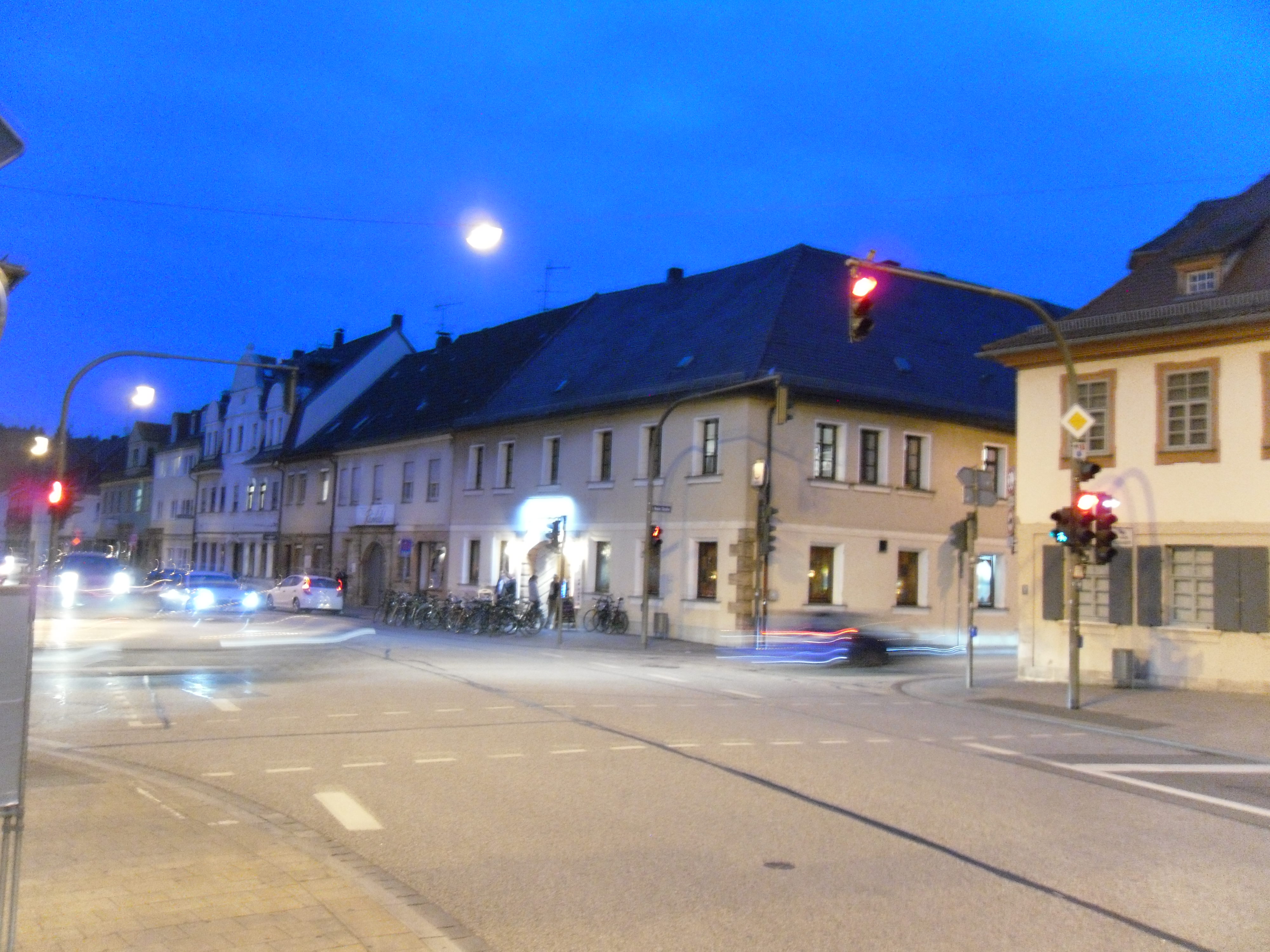
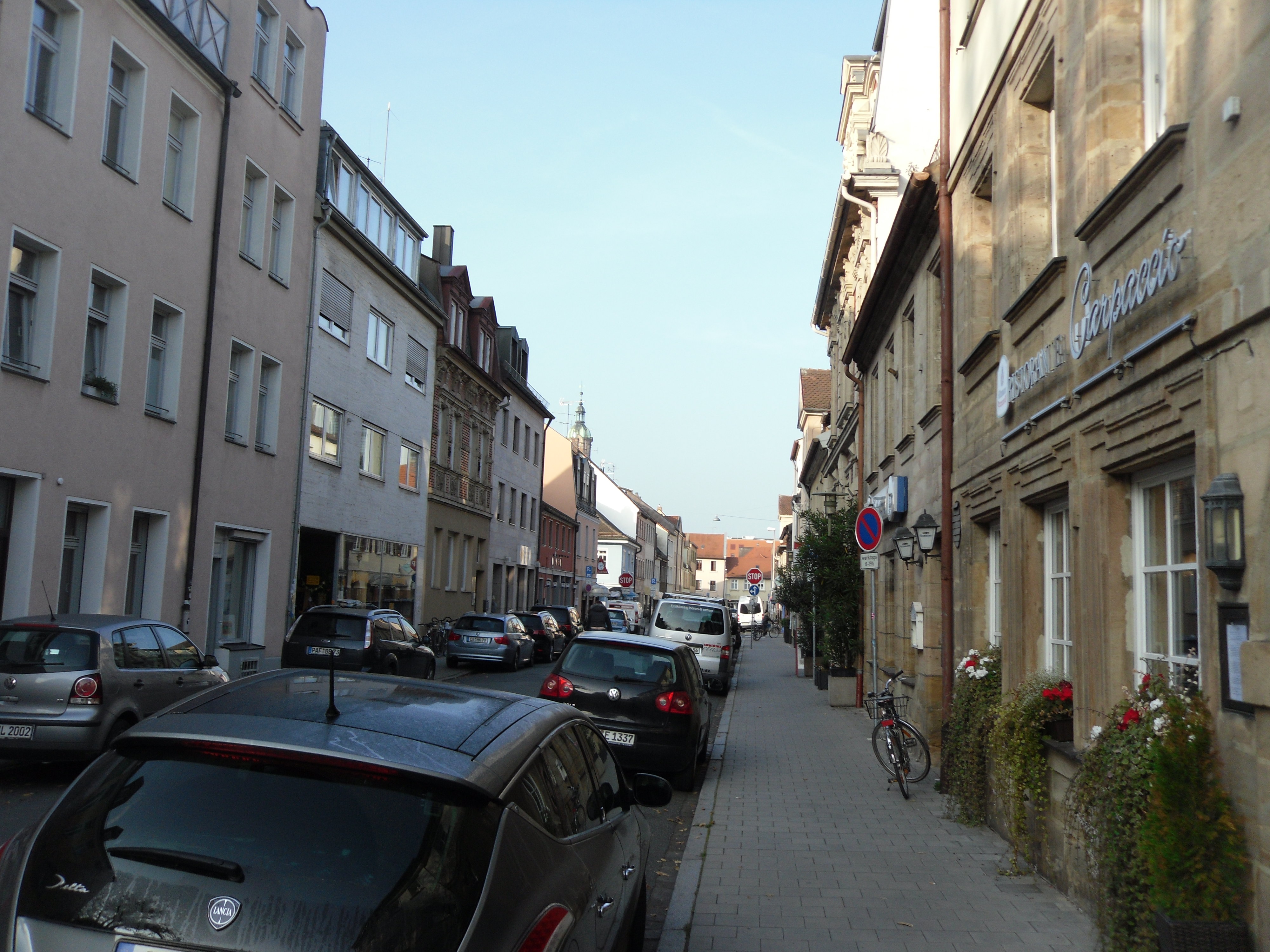
We got some trains and a bus north, meeting friends along the way, to the fränkische Schweiz to meet Eva, who'd organised our walk, and her partner Falk. Along with us were also Isa and her son Leo, and Maggie, who I worked with in Katherine at the Language centre in the mid-2000s and hadn't seen since then.
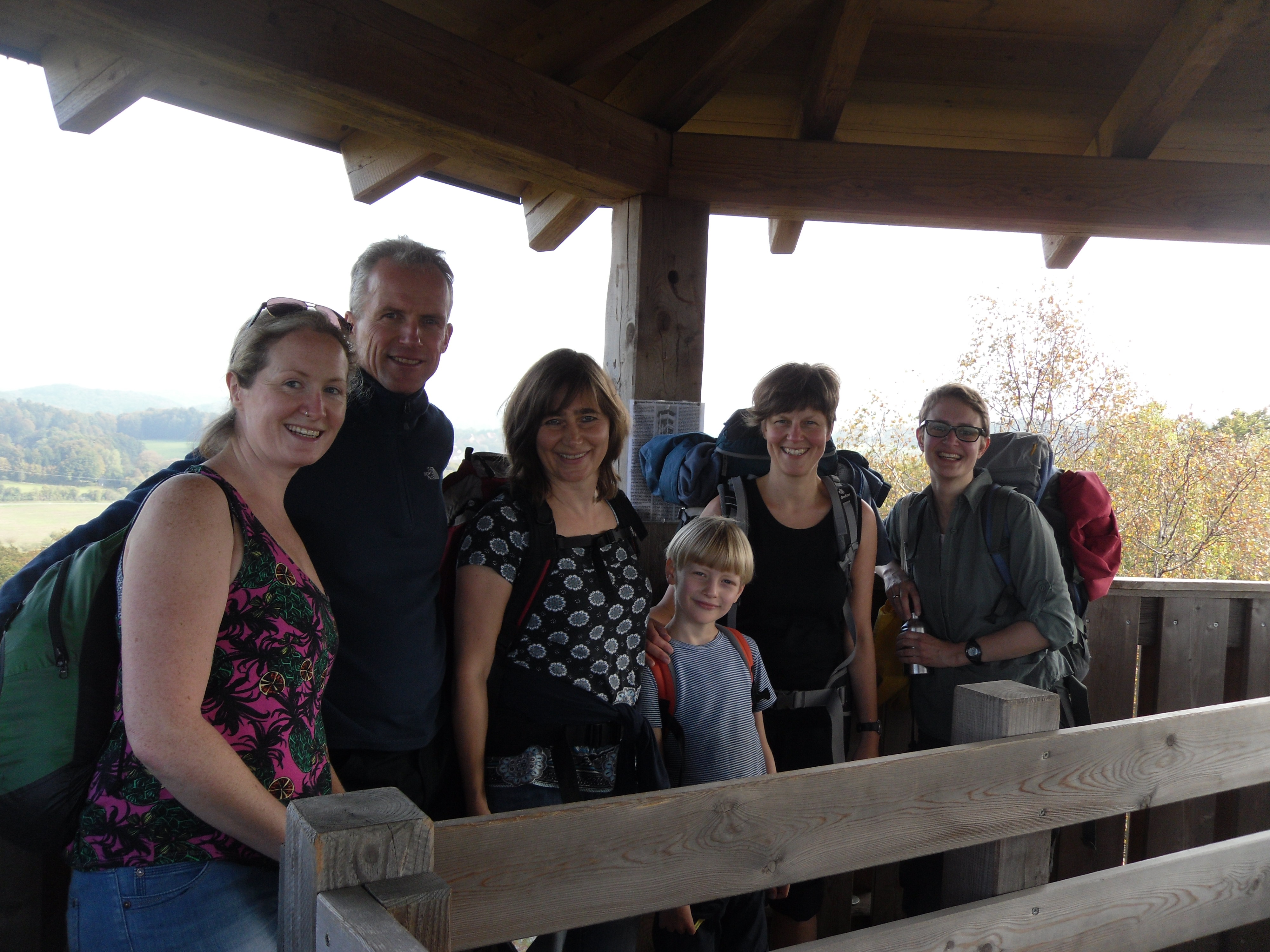
We spent a lovely, relaxing three days walking through the forest and farmlands of the area, stopping at small taverns for hearty German meals of meat, sauerkraut, sourdough, and other traditional goodies as well as a few of the incredible number of local beers.
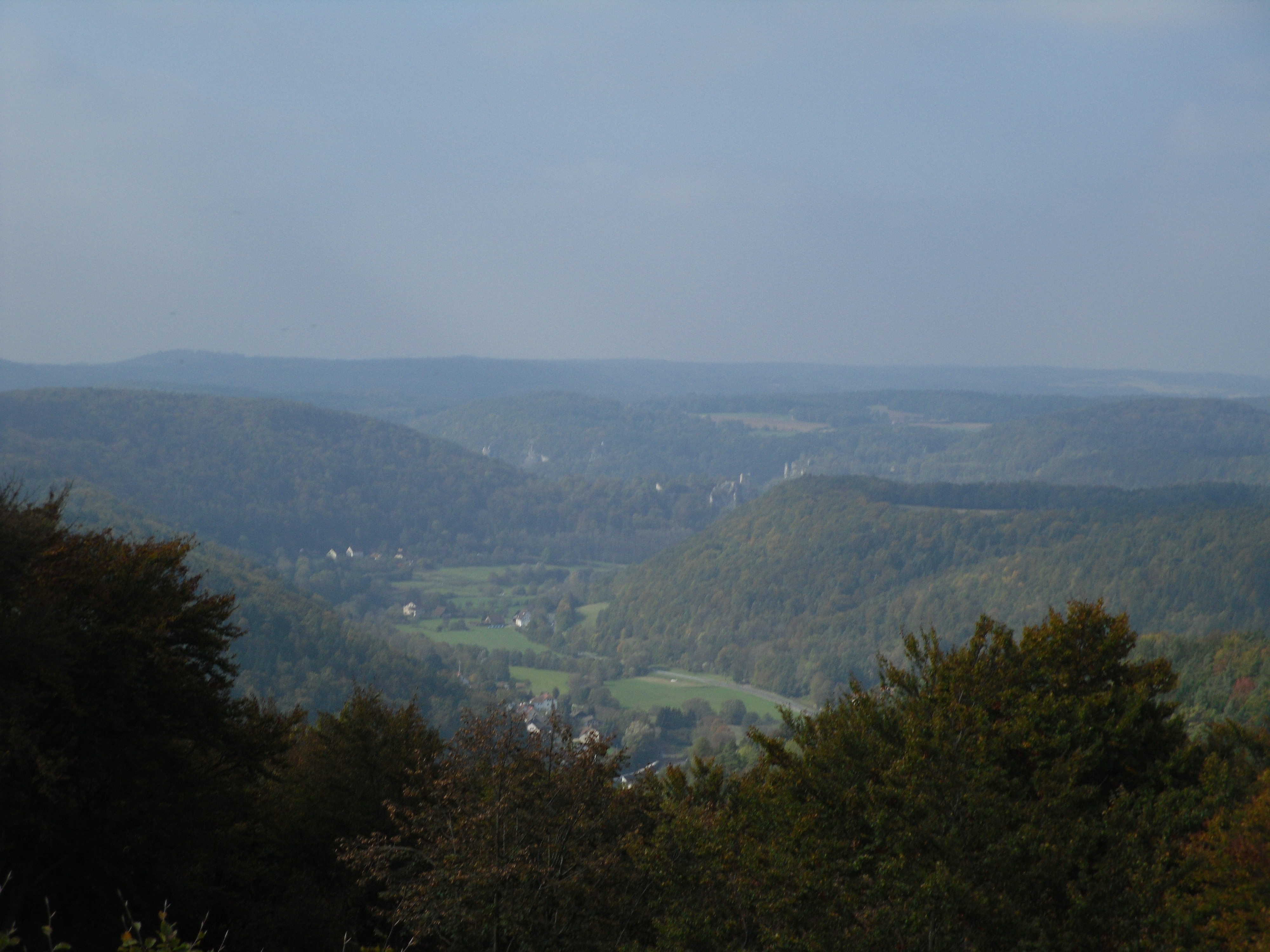
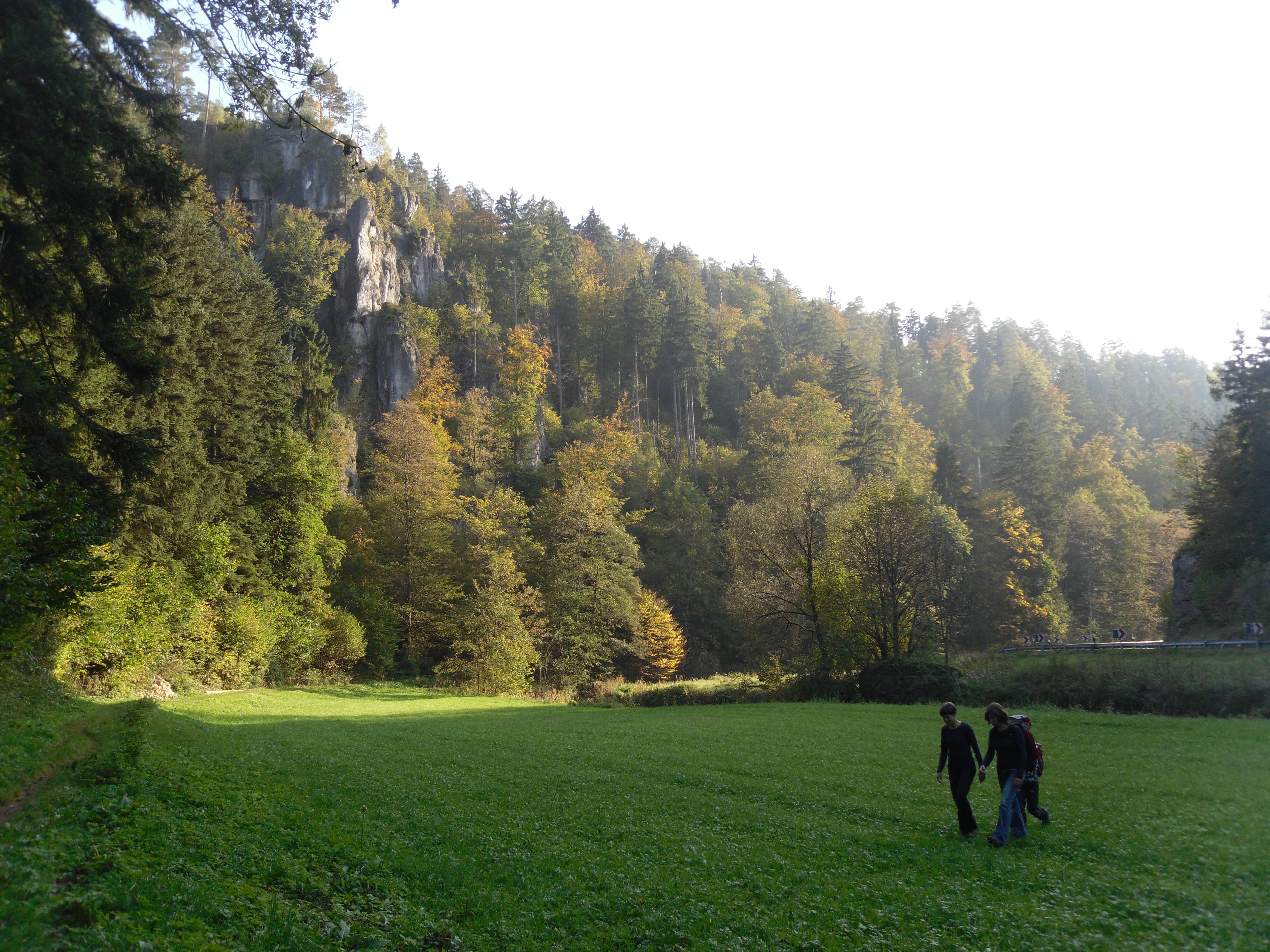
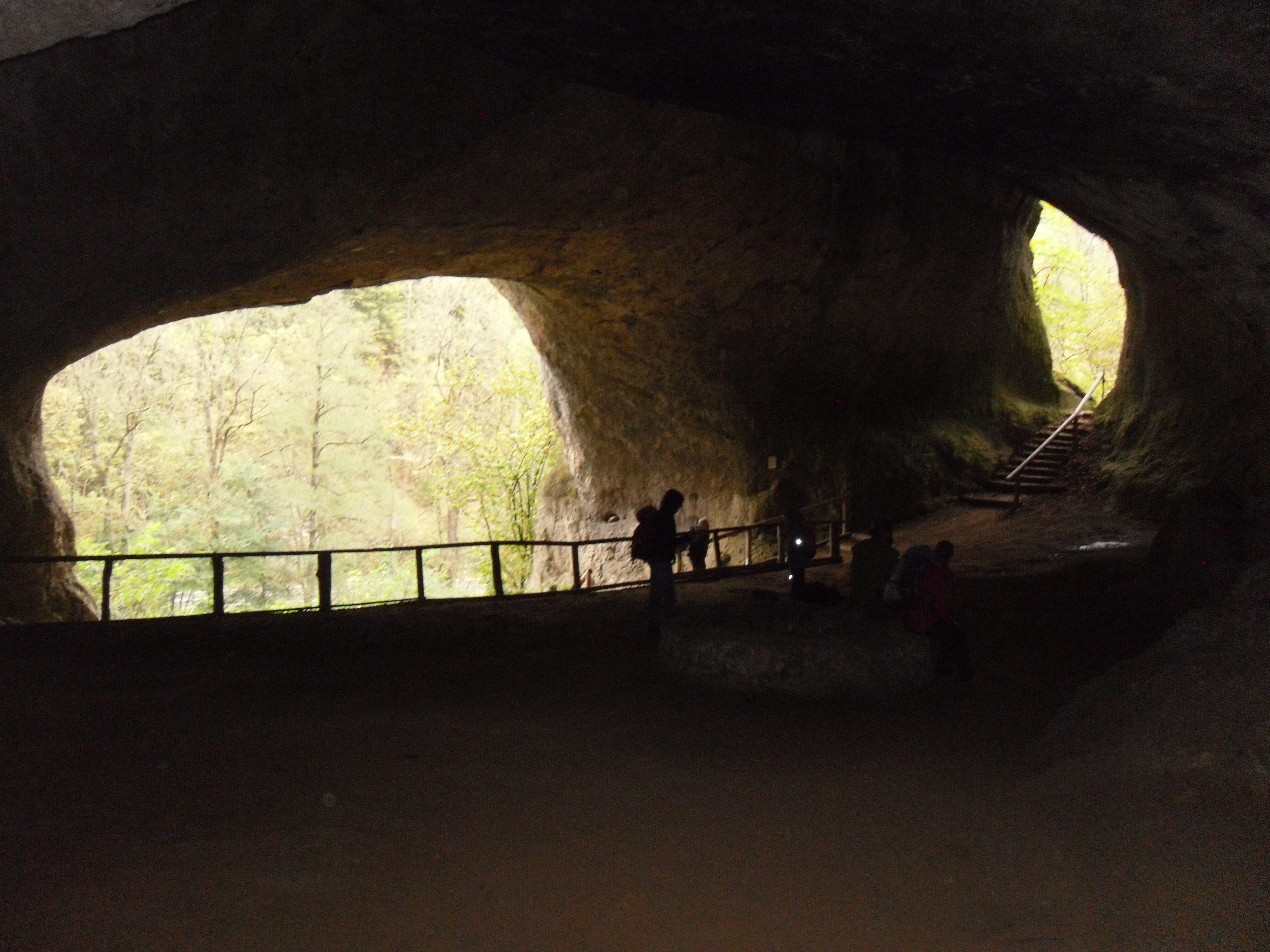
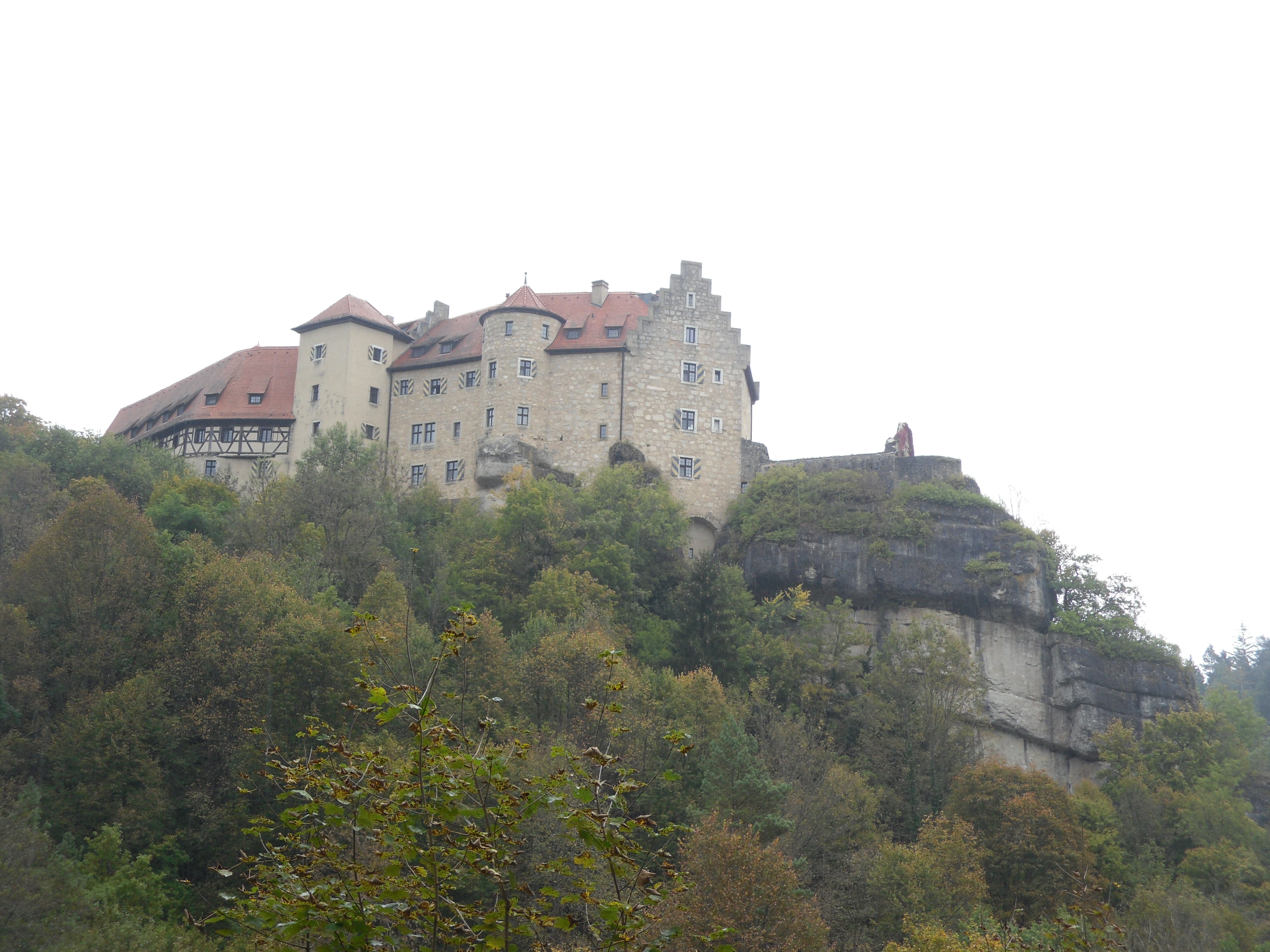
After three days of walking and eating, we bid a sad farewell to Isa and Leo (and earlier to Maggie, who'd had to leave in the morning) and went back to Aufseß, Eva's home village, where we spent a day of laziness in a holiday apartment that we'd got for mate's rates.
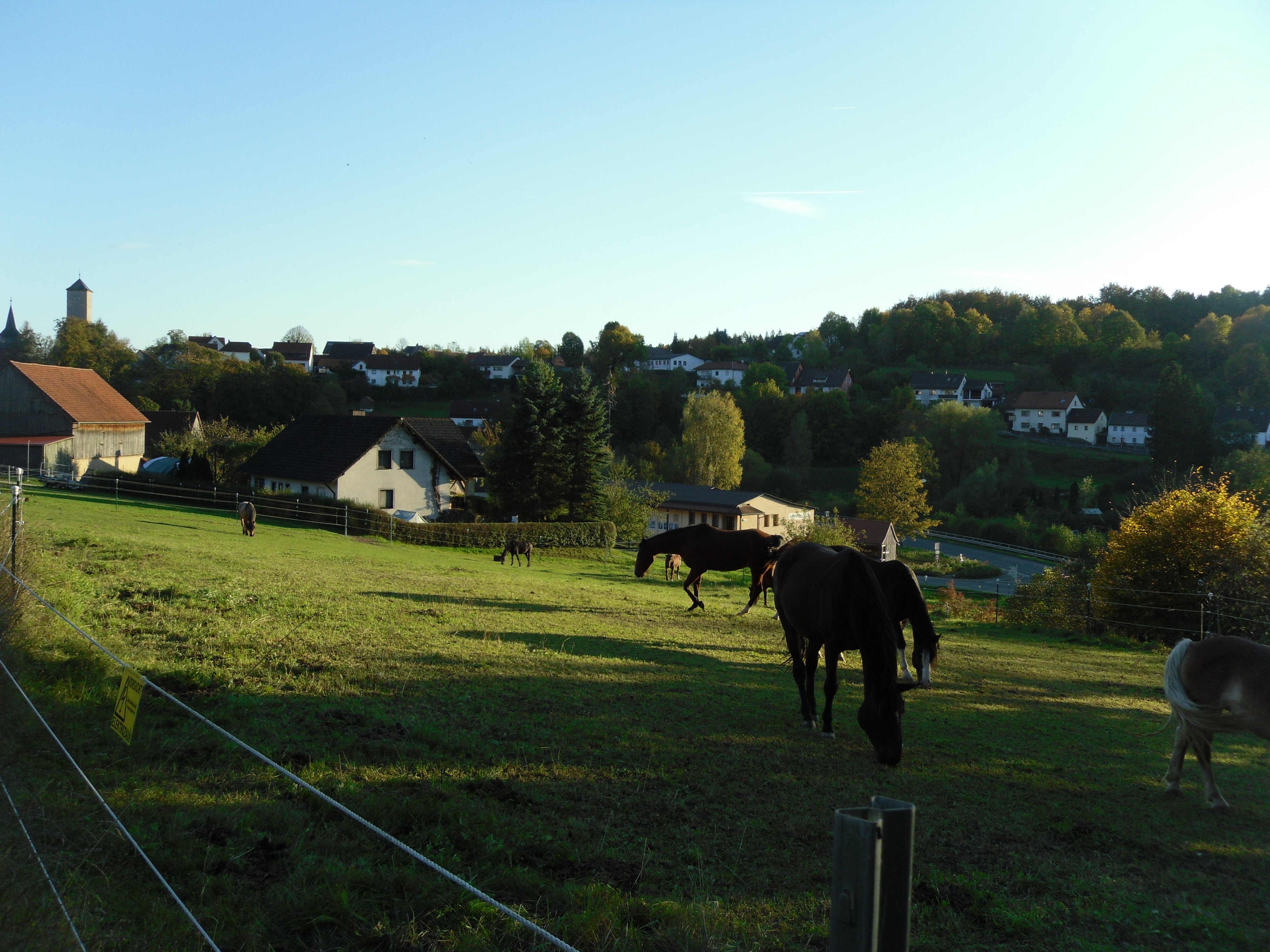
The next day we got dropped off at Bamberg, and got trains, changing at Würzburg, Frankfurt and Karlsruhe to Paris, the last being a French TGV, the very fast trains that glide along smoothly at over 300km/h.
We spent a very pleasant night with a friend we met at the Irish course and his partner and baby, then headed off the next morning for Spain.
